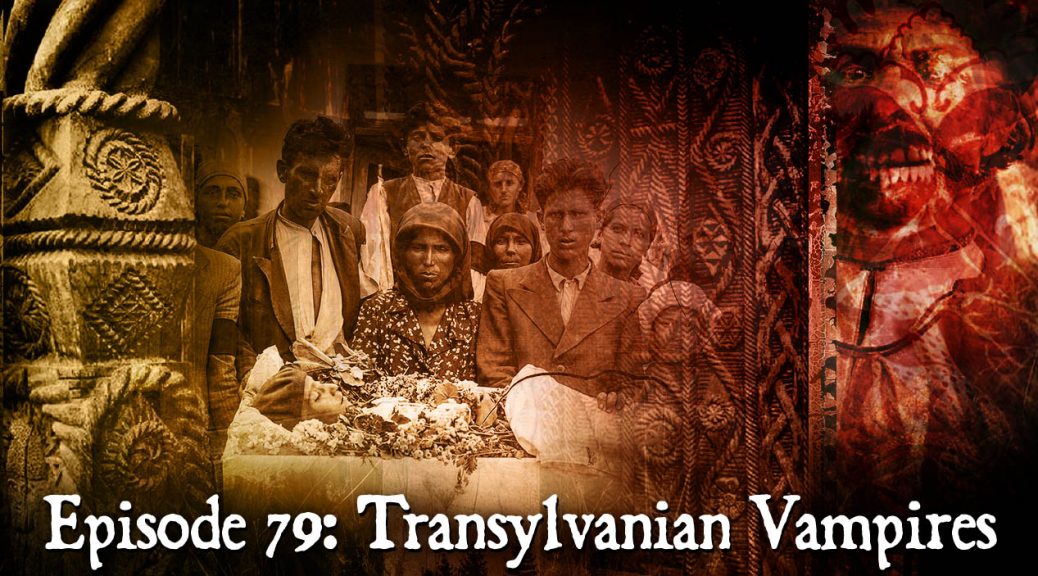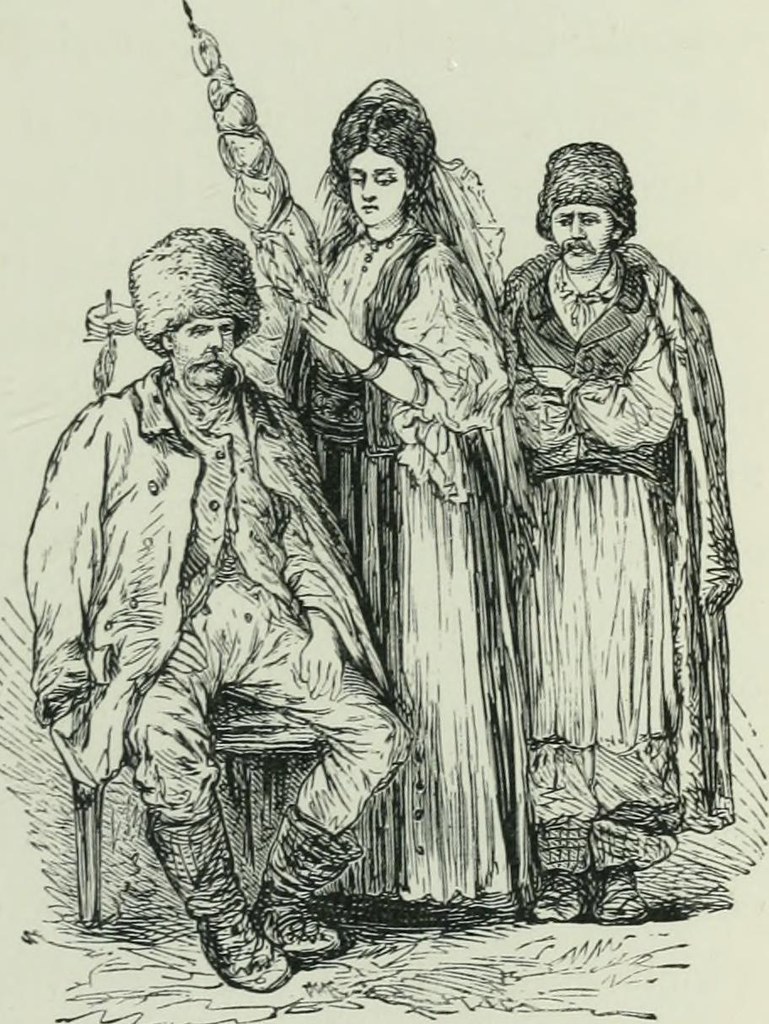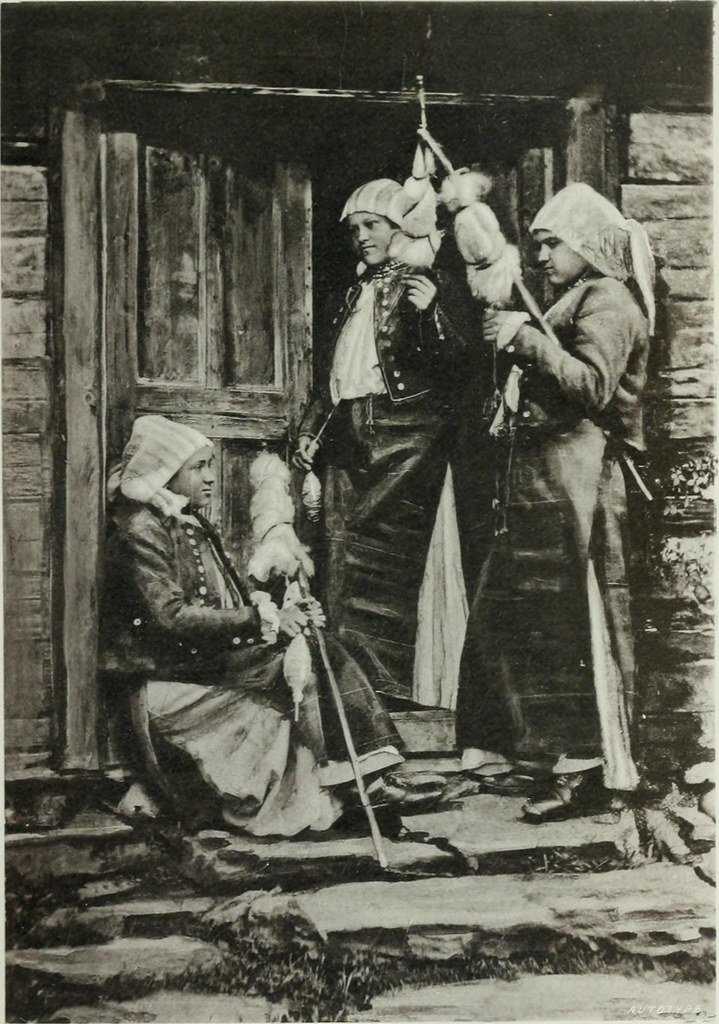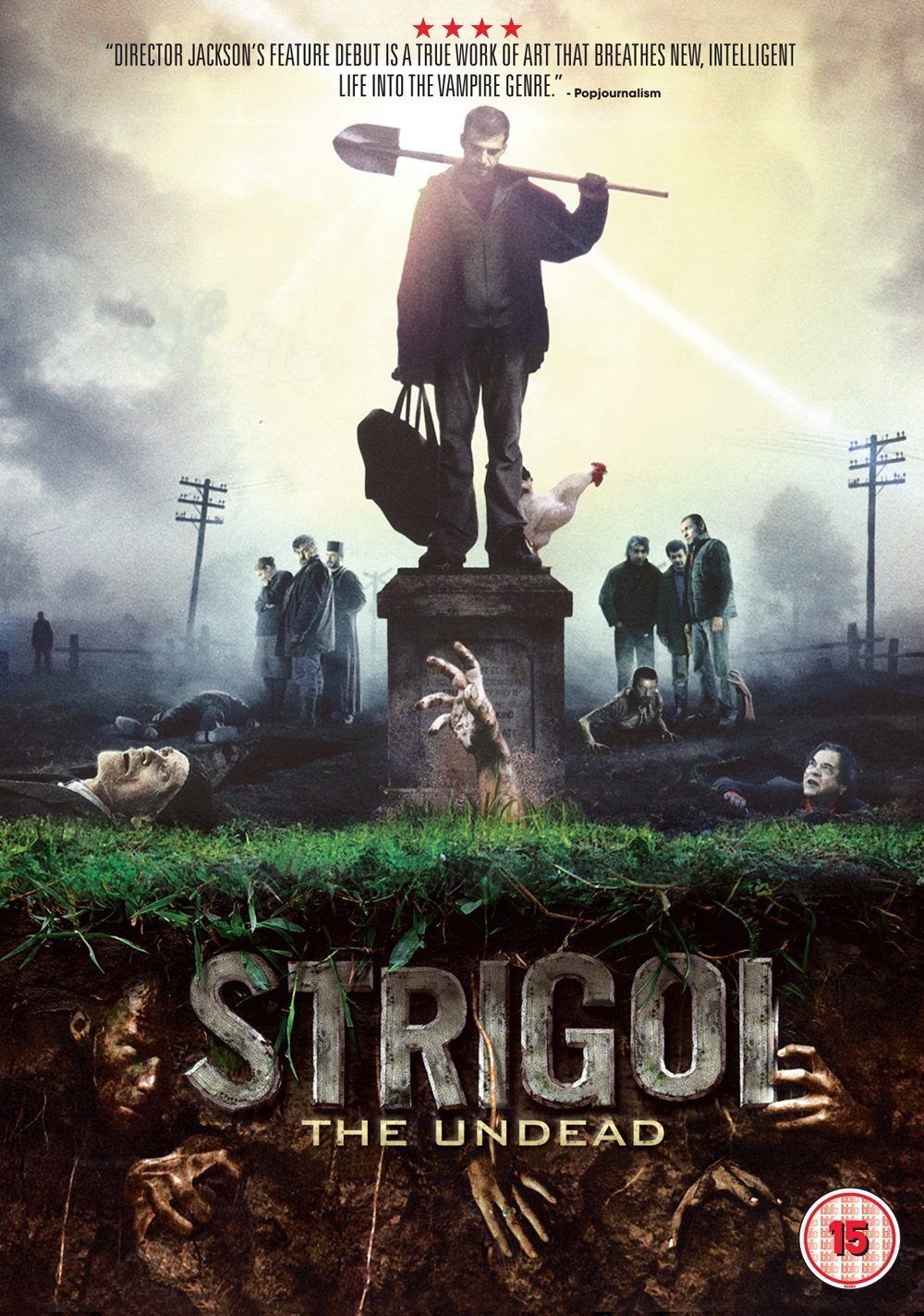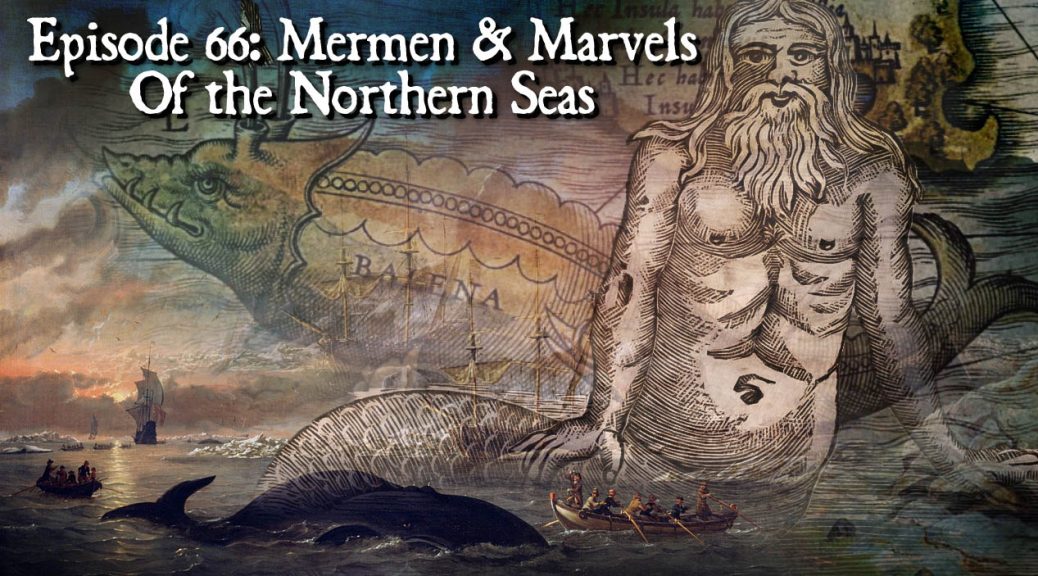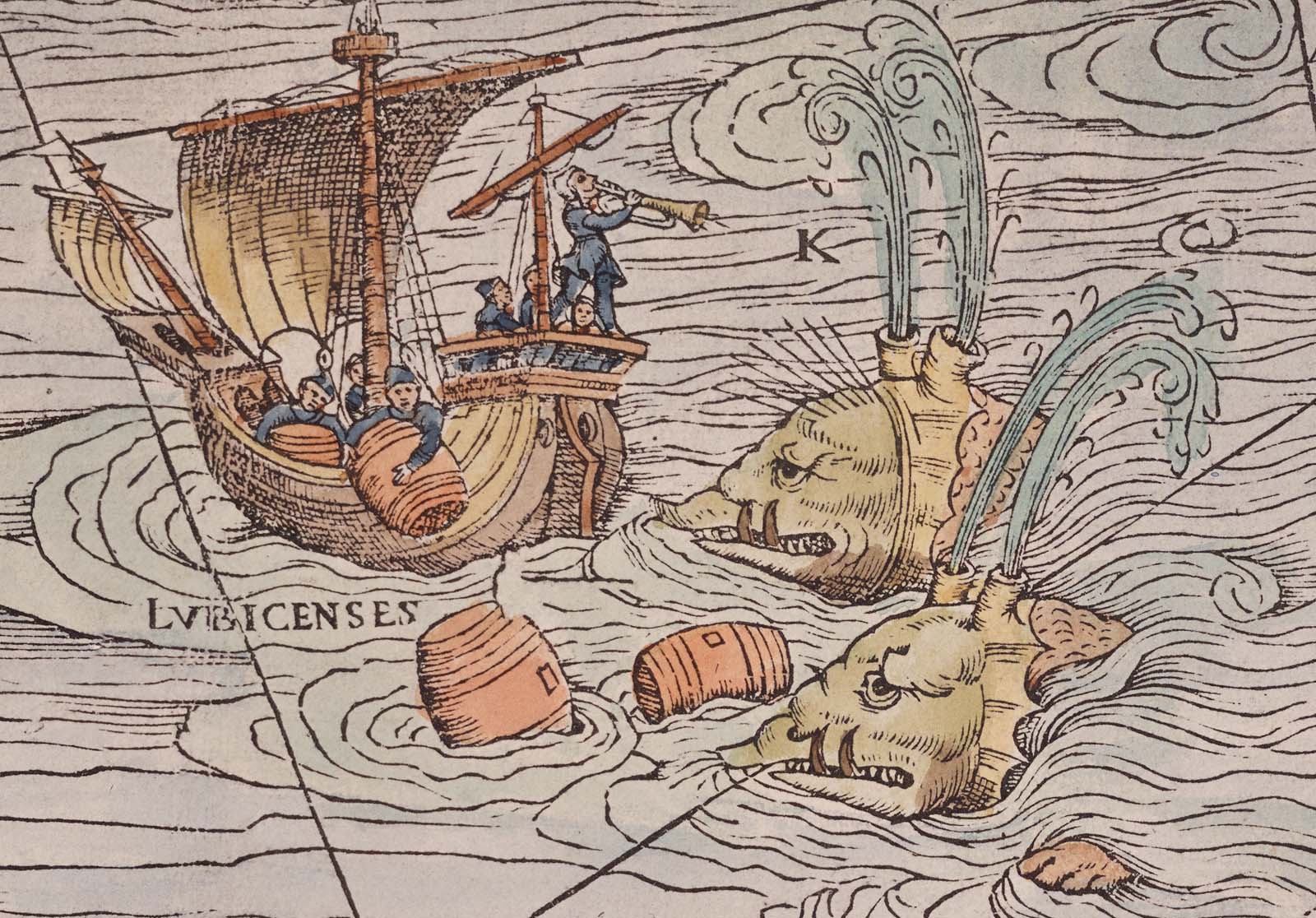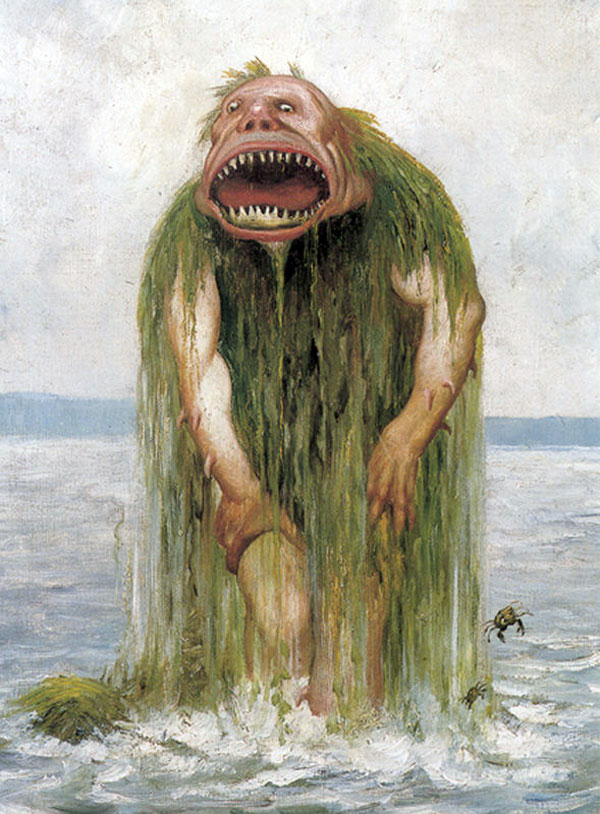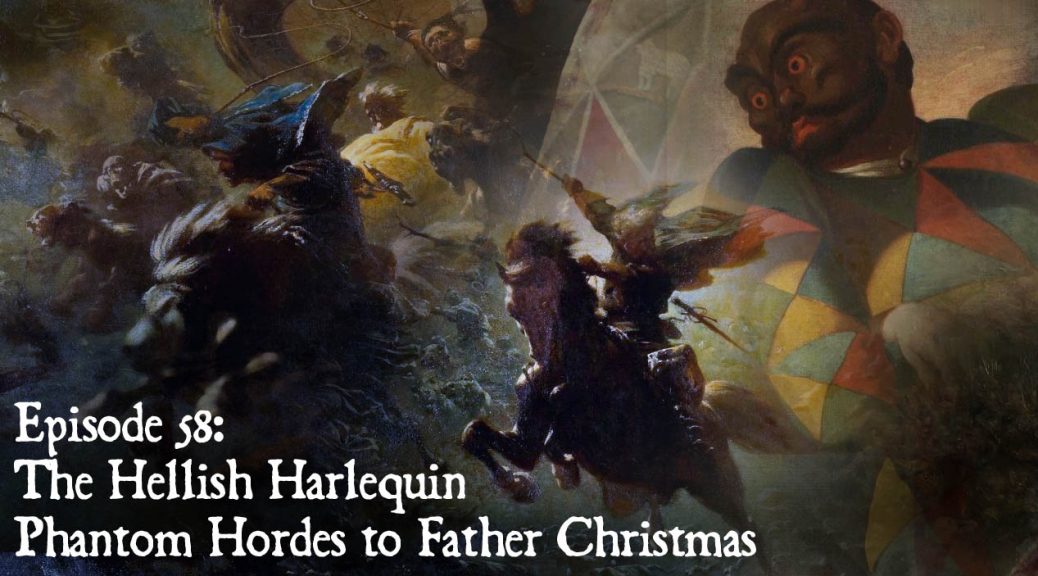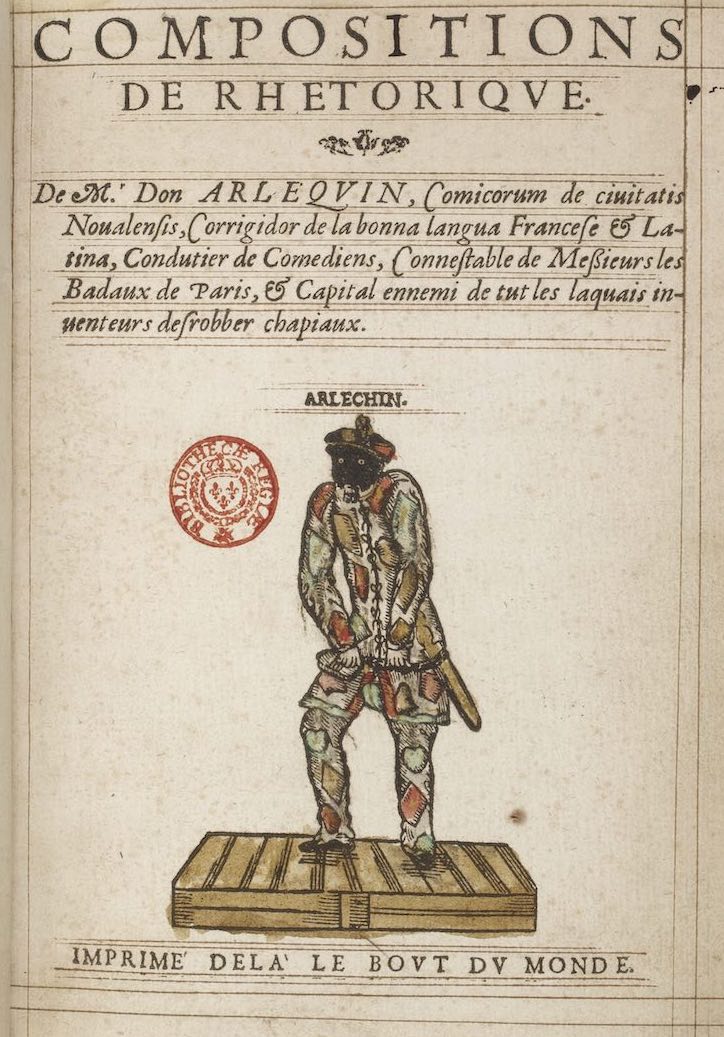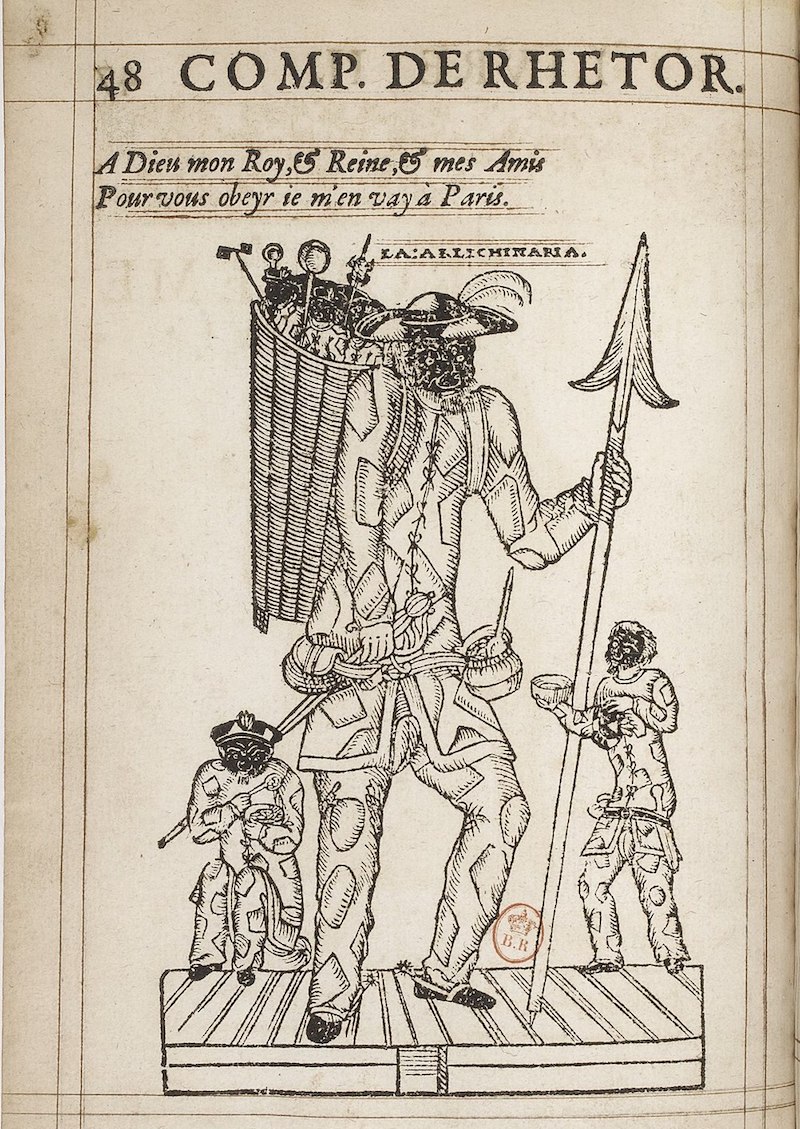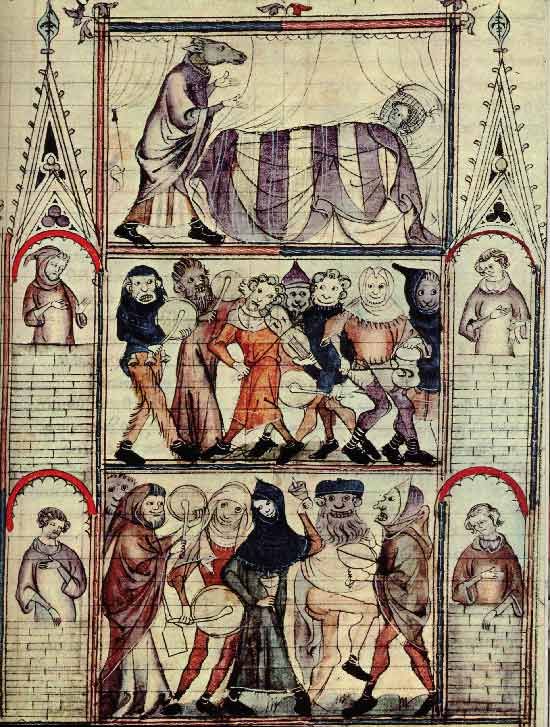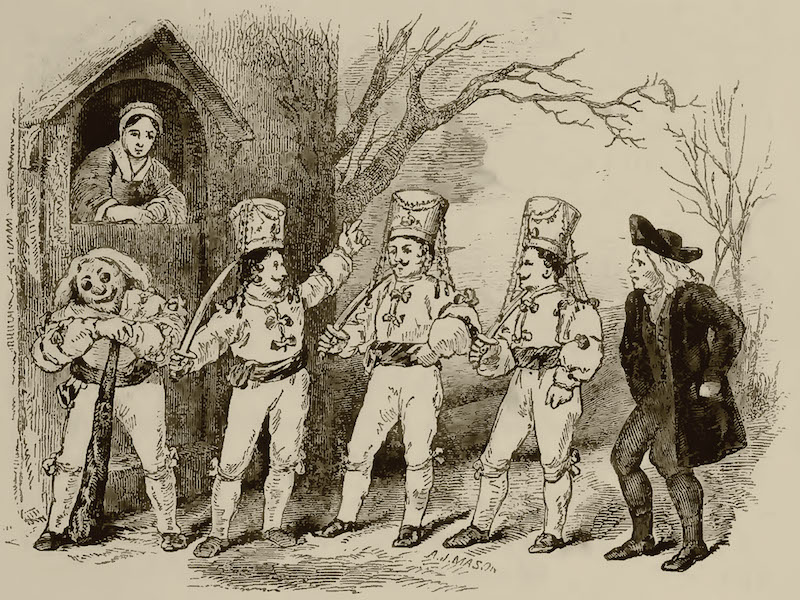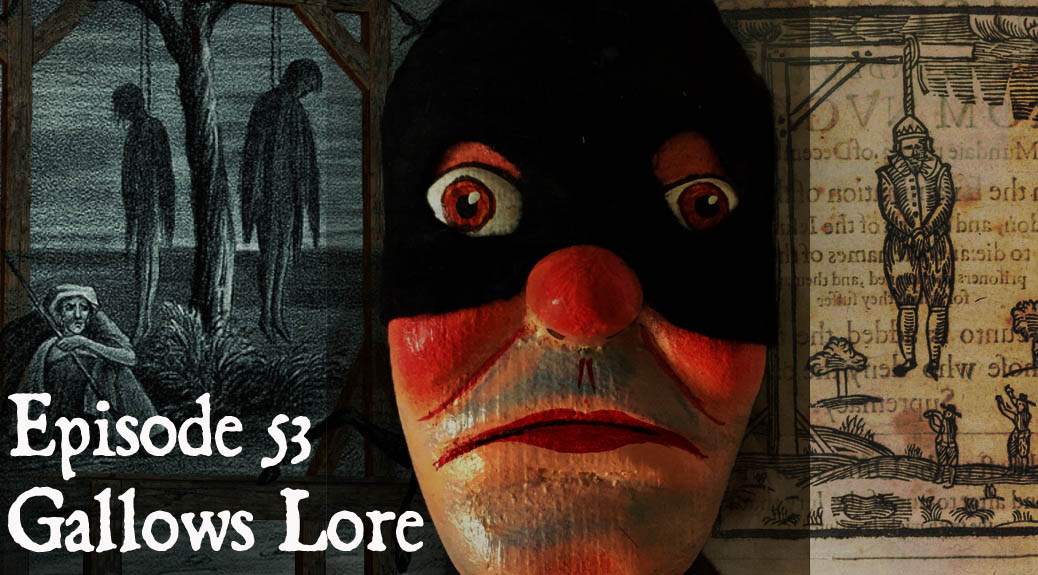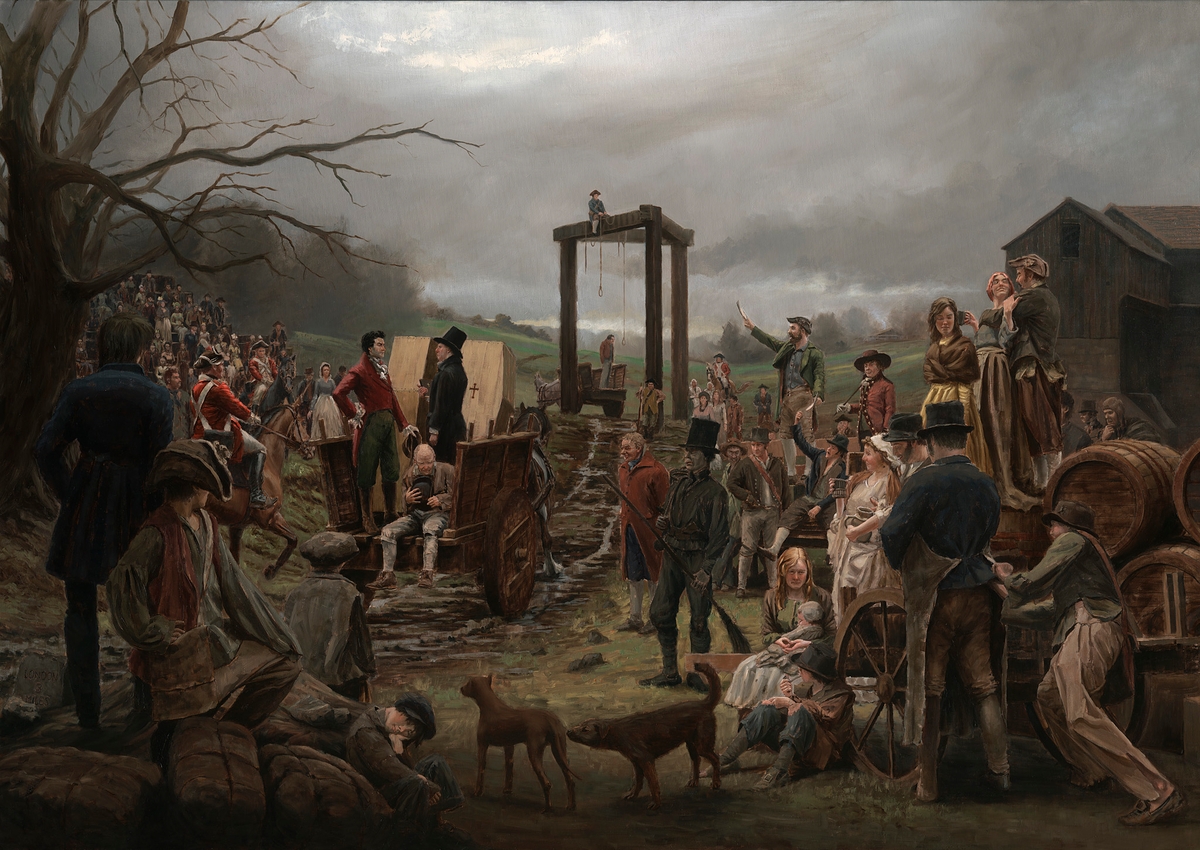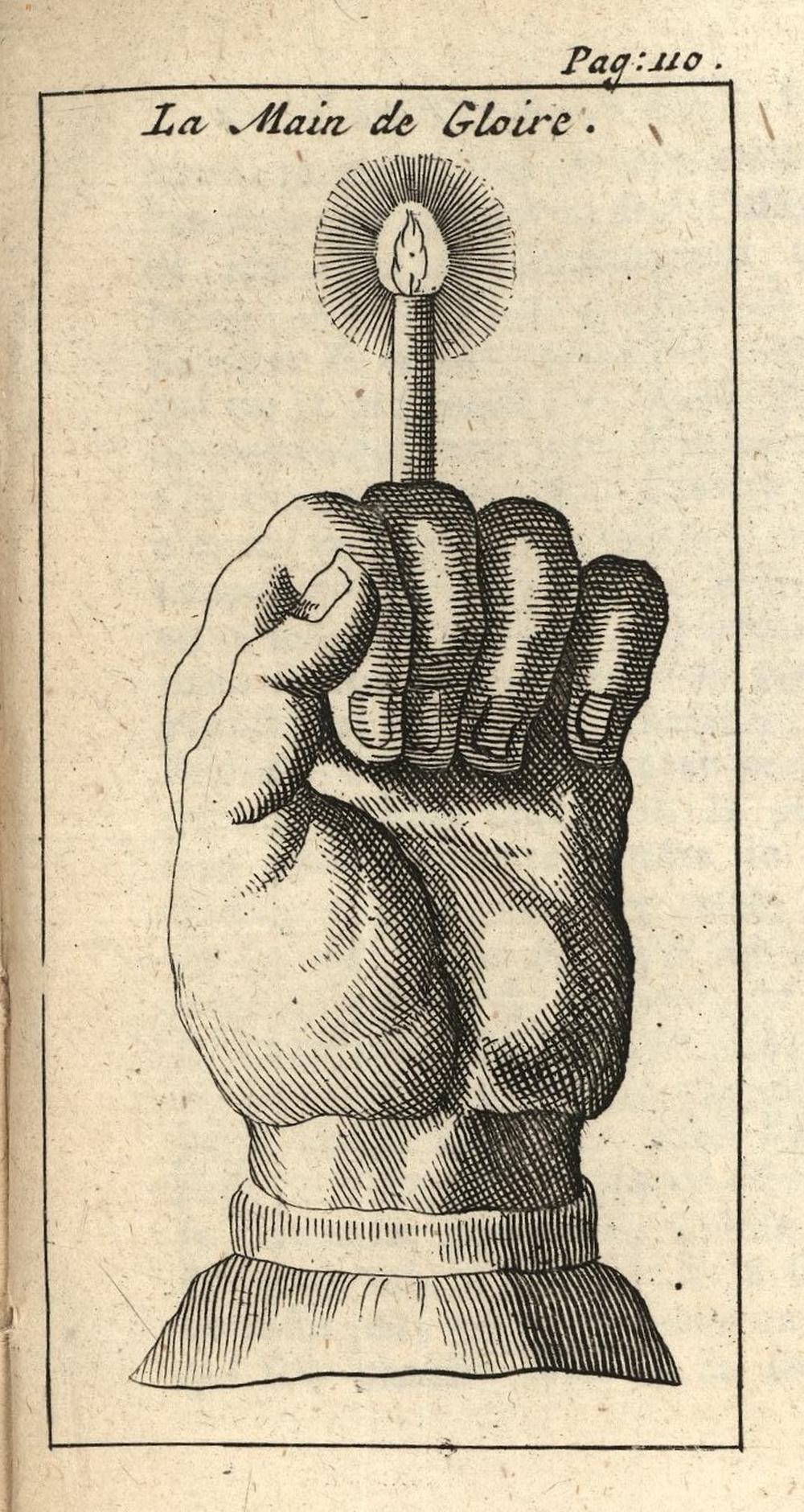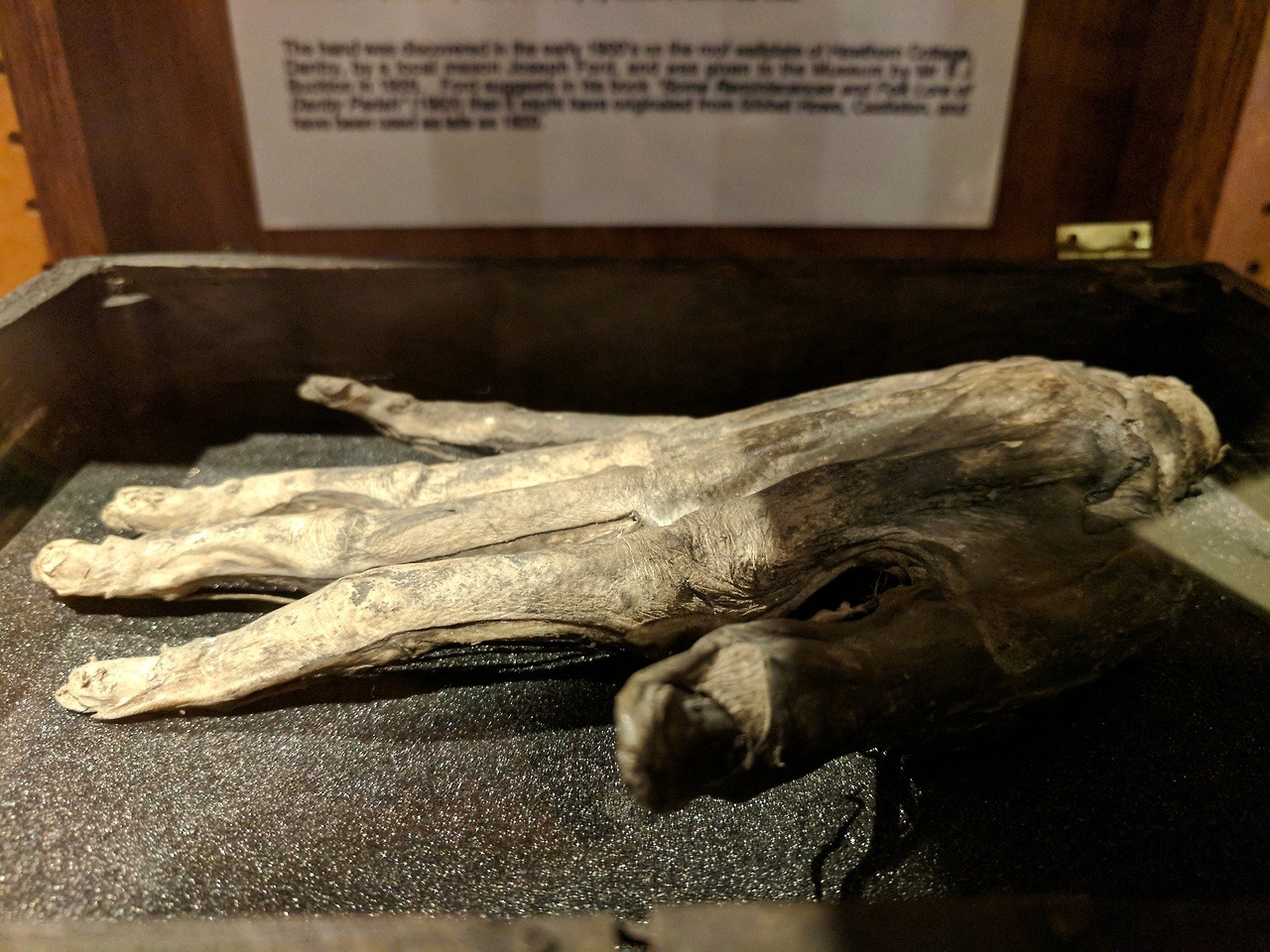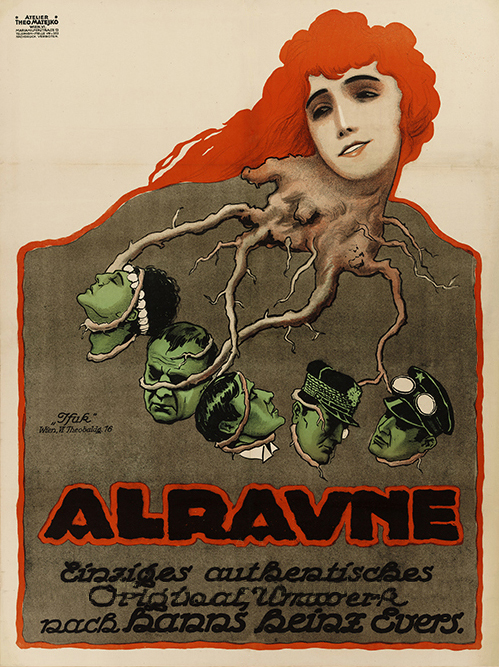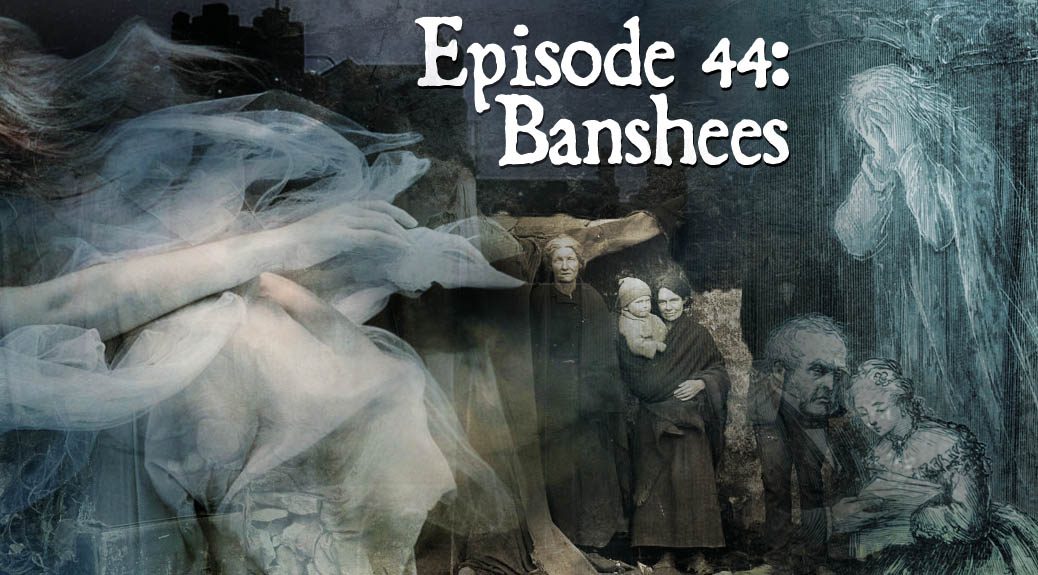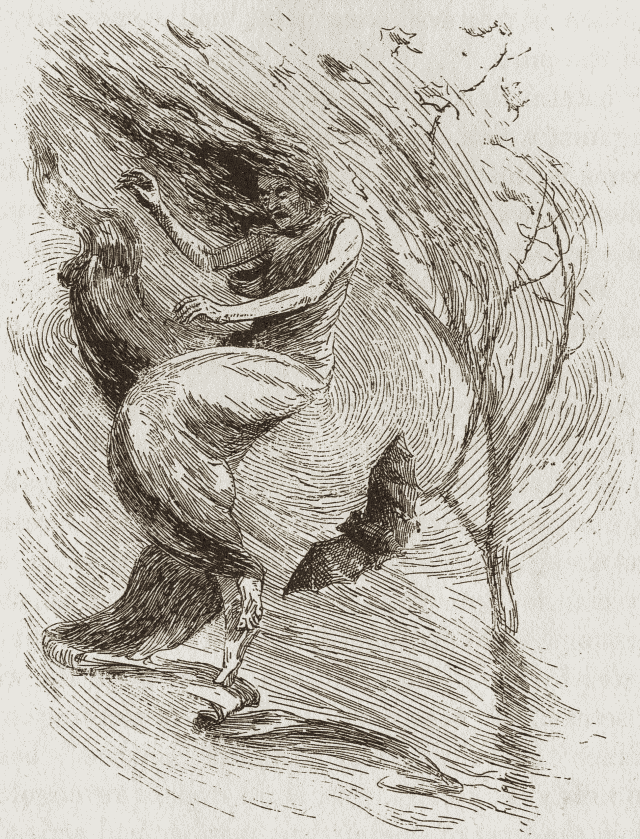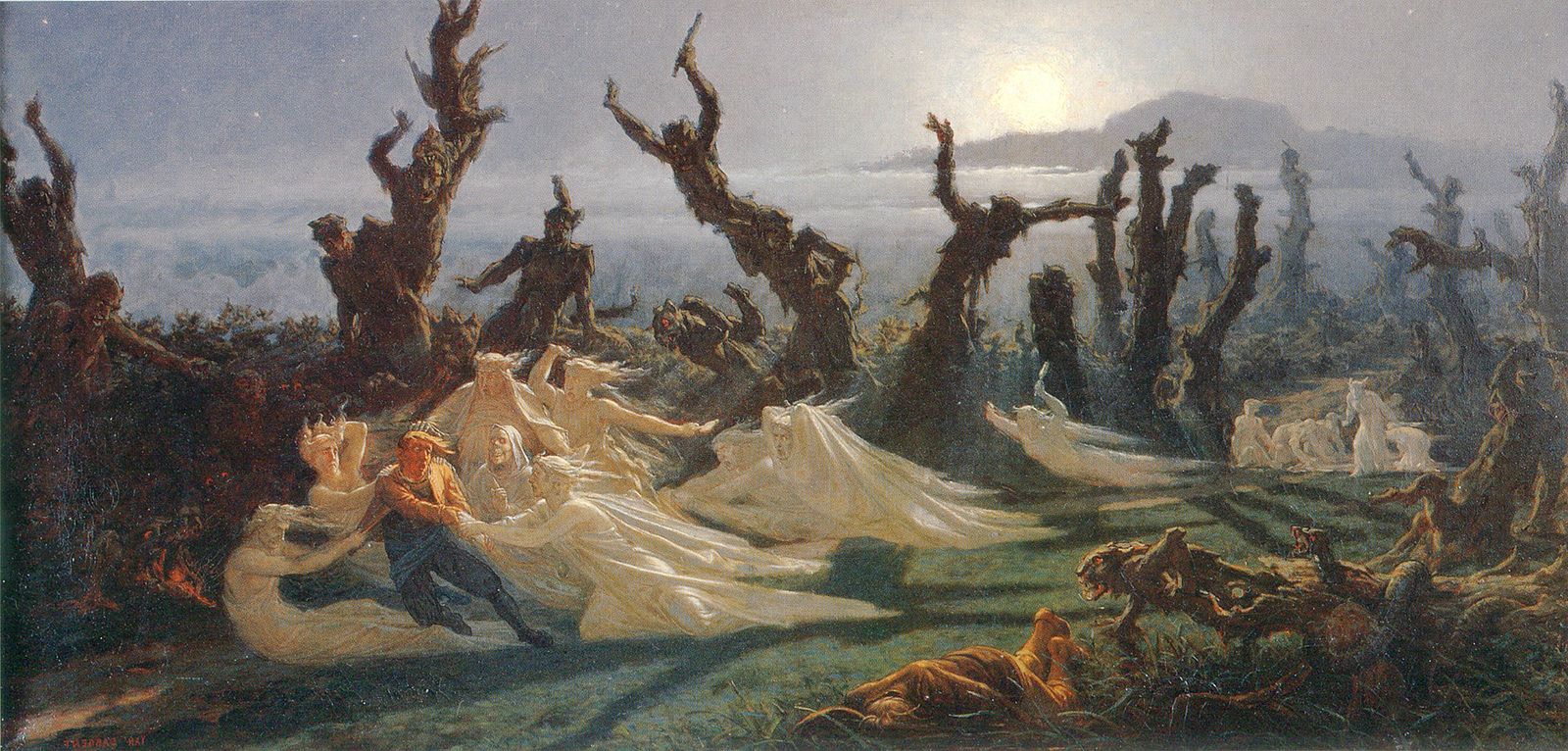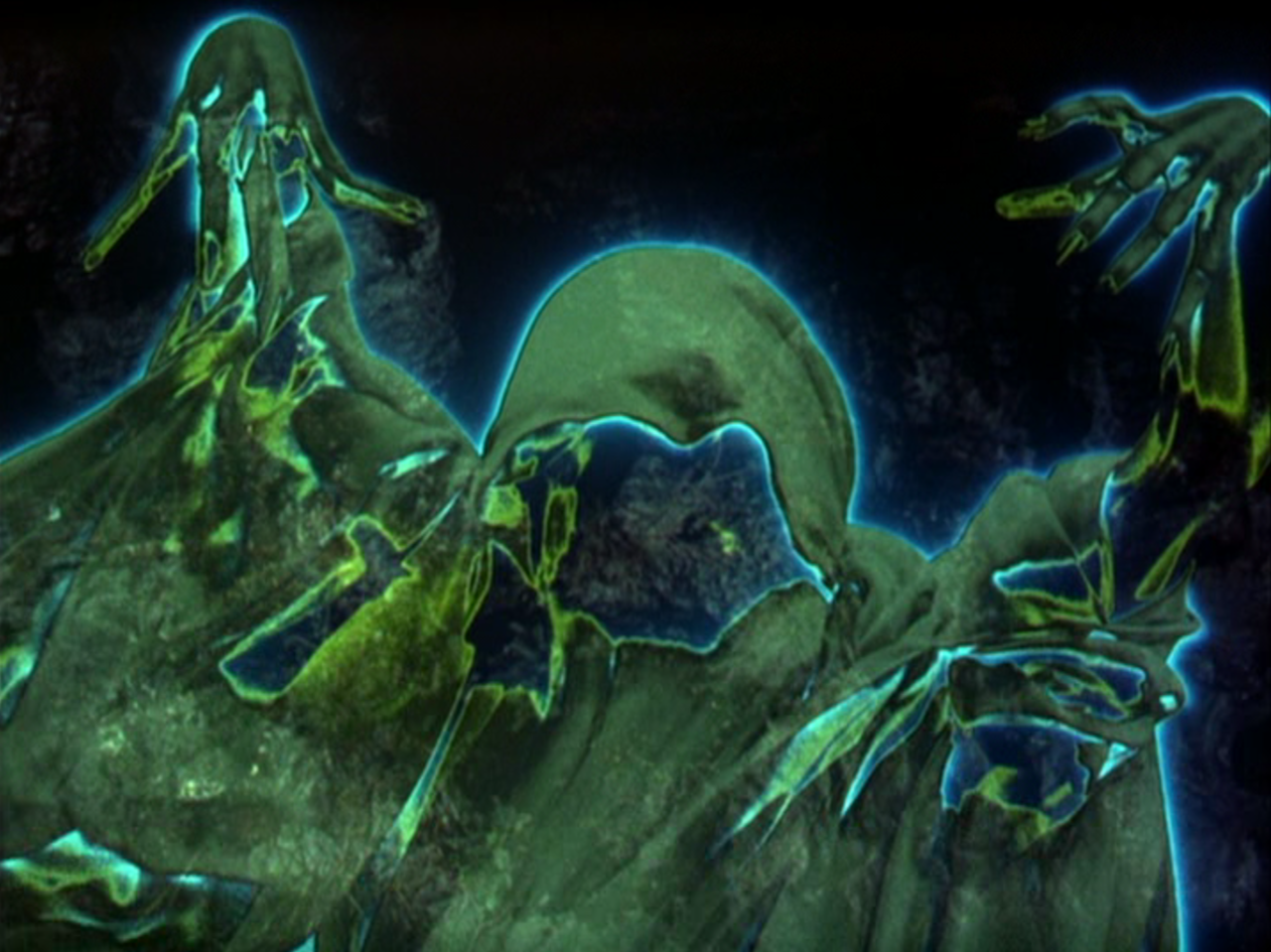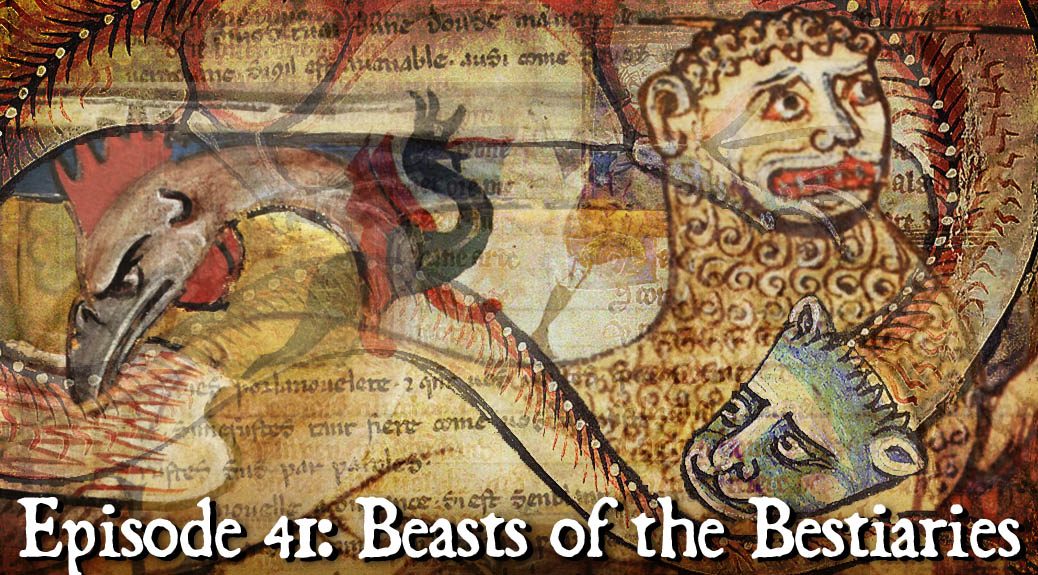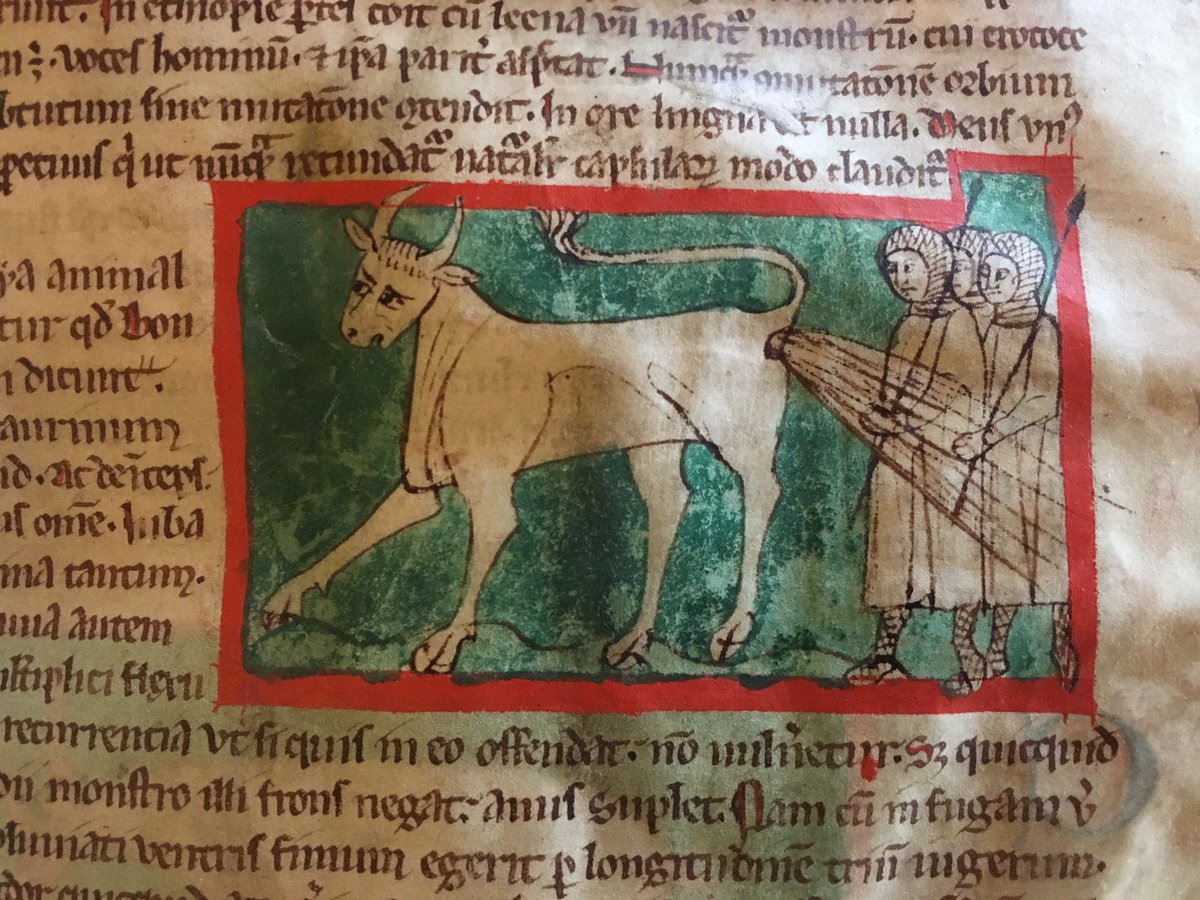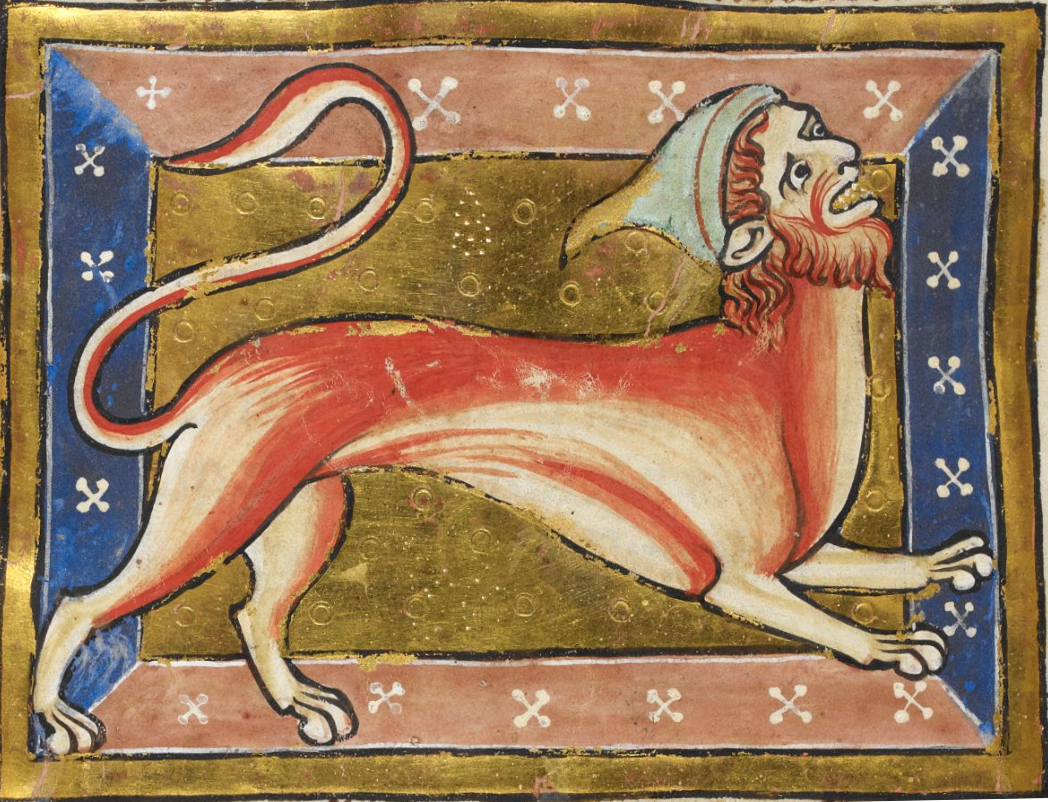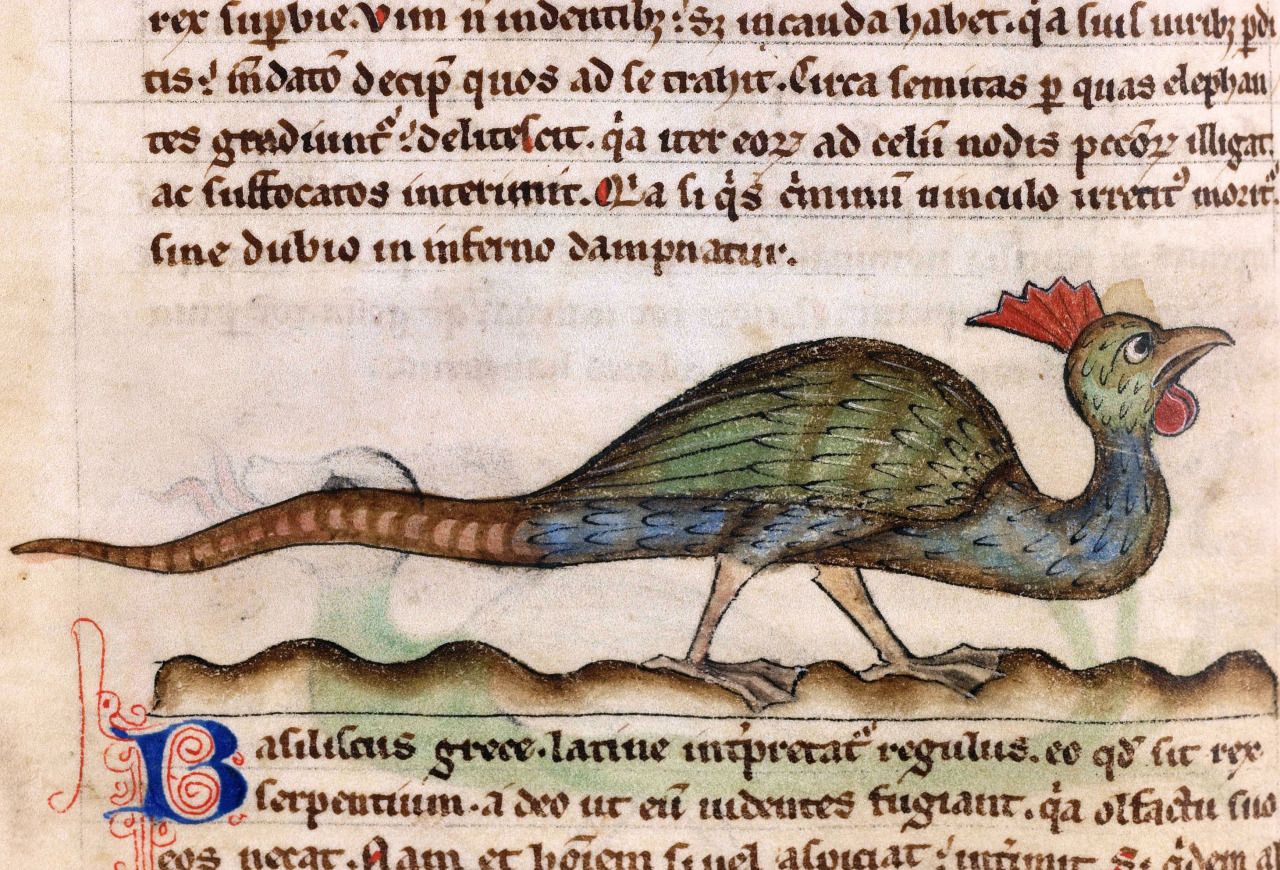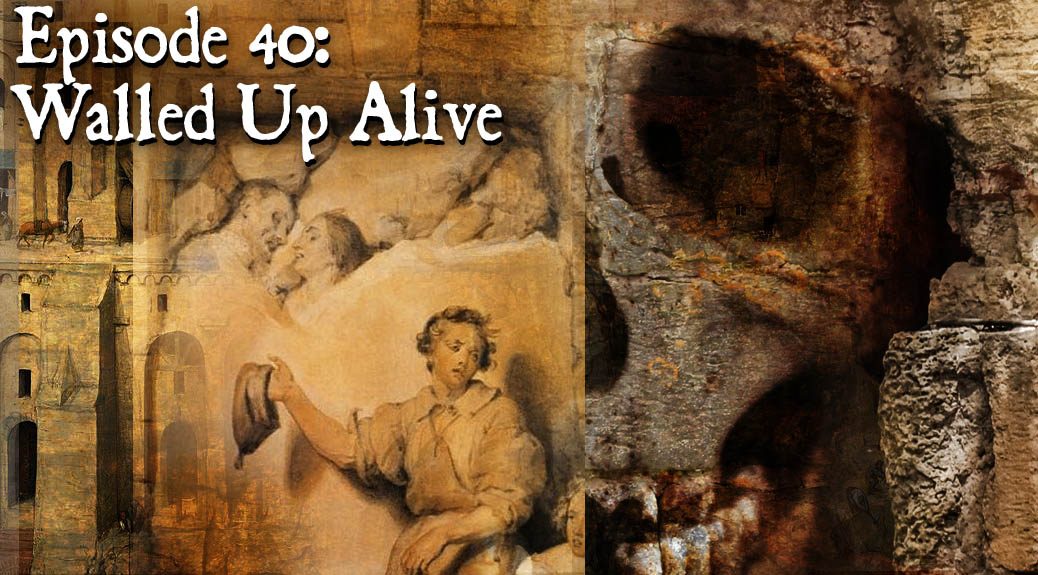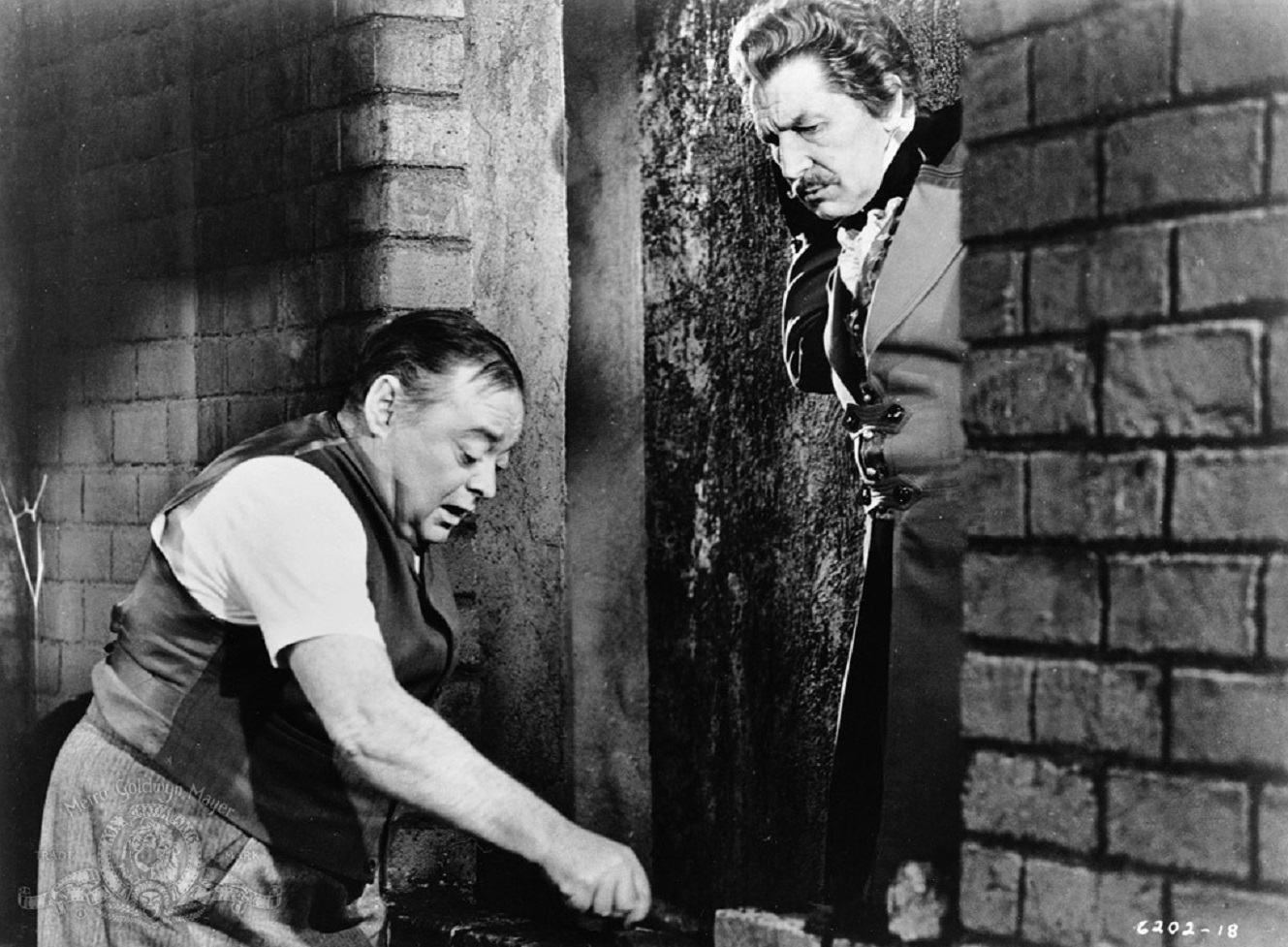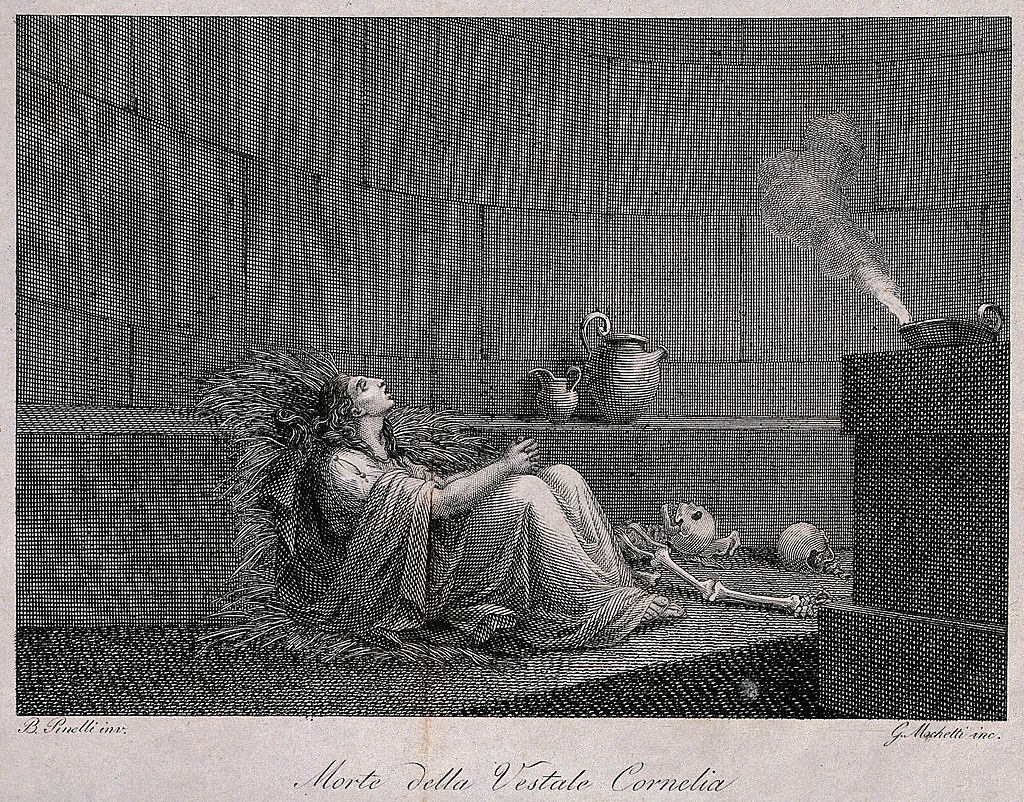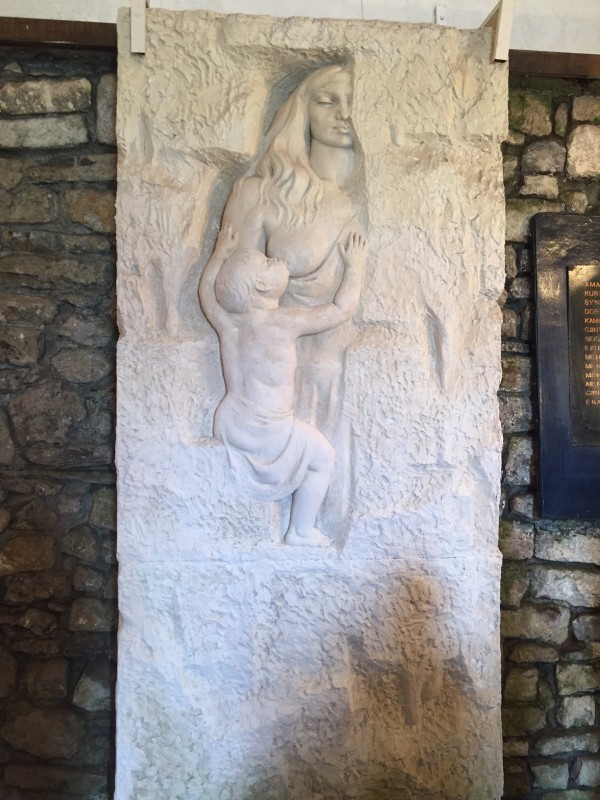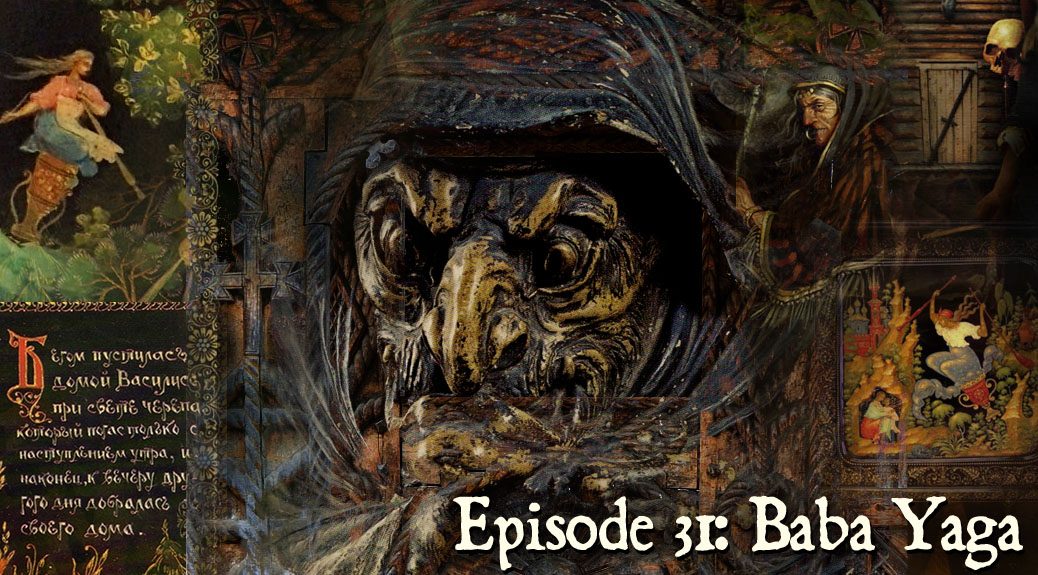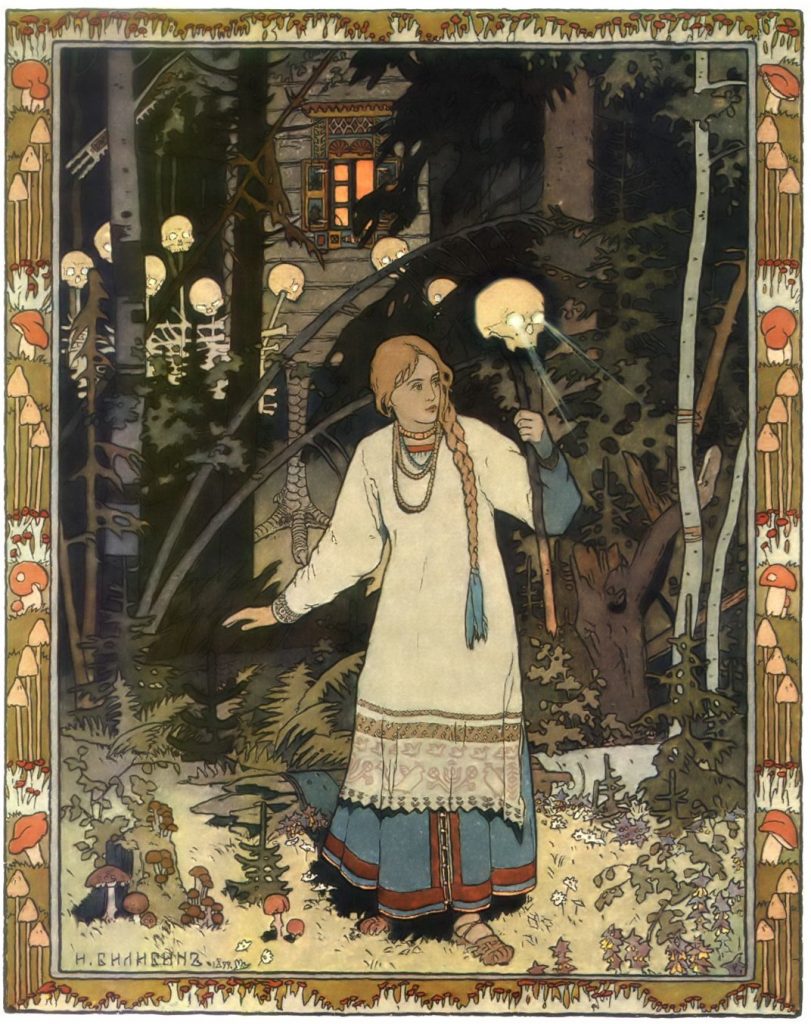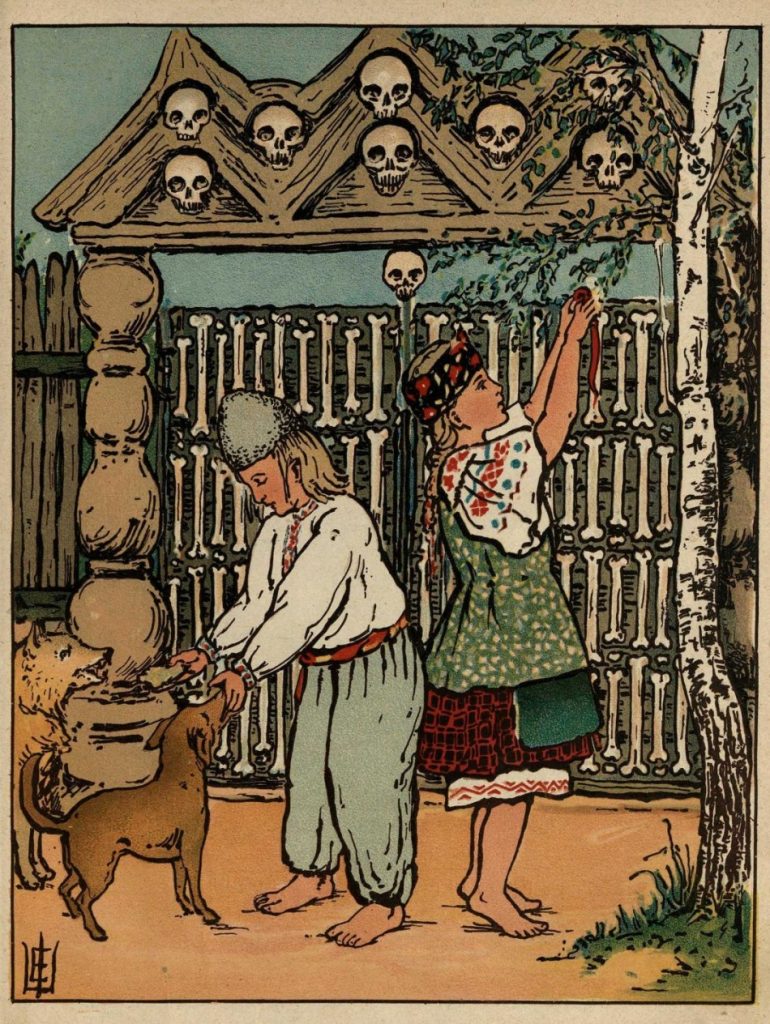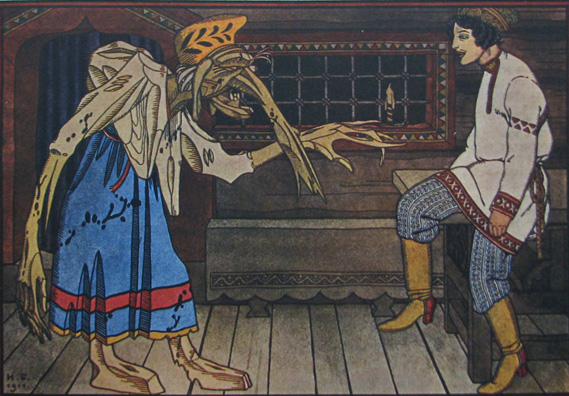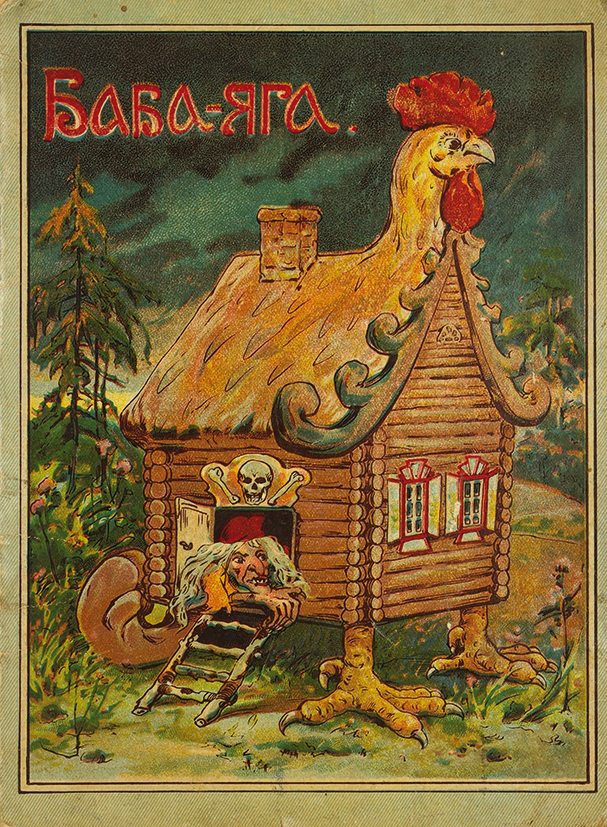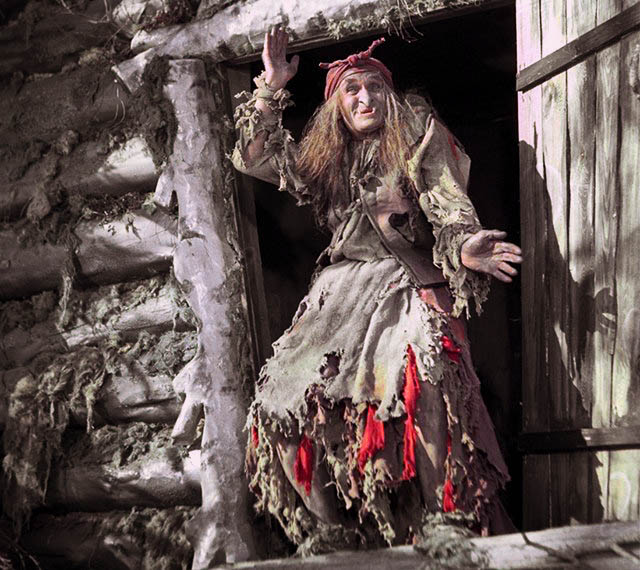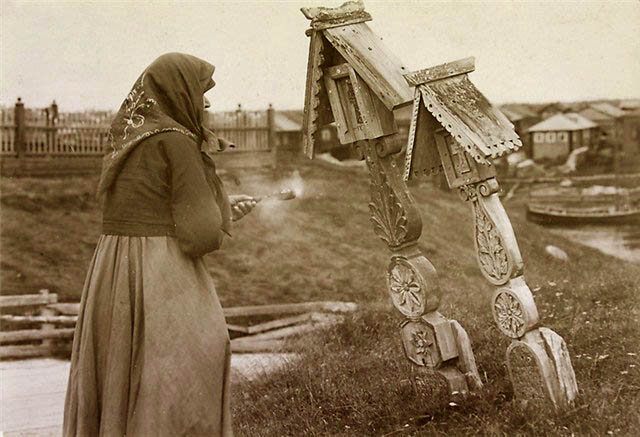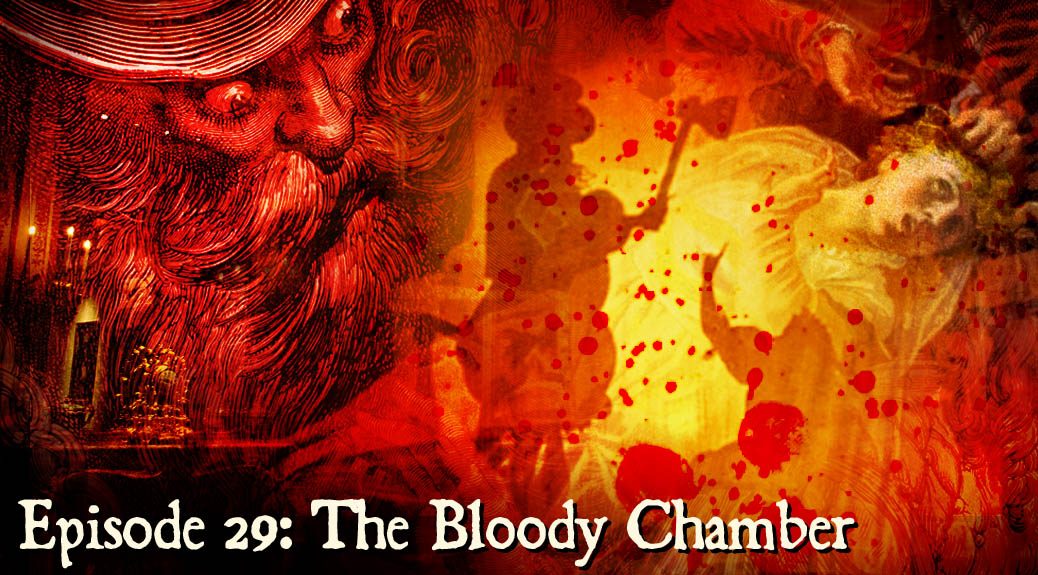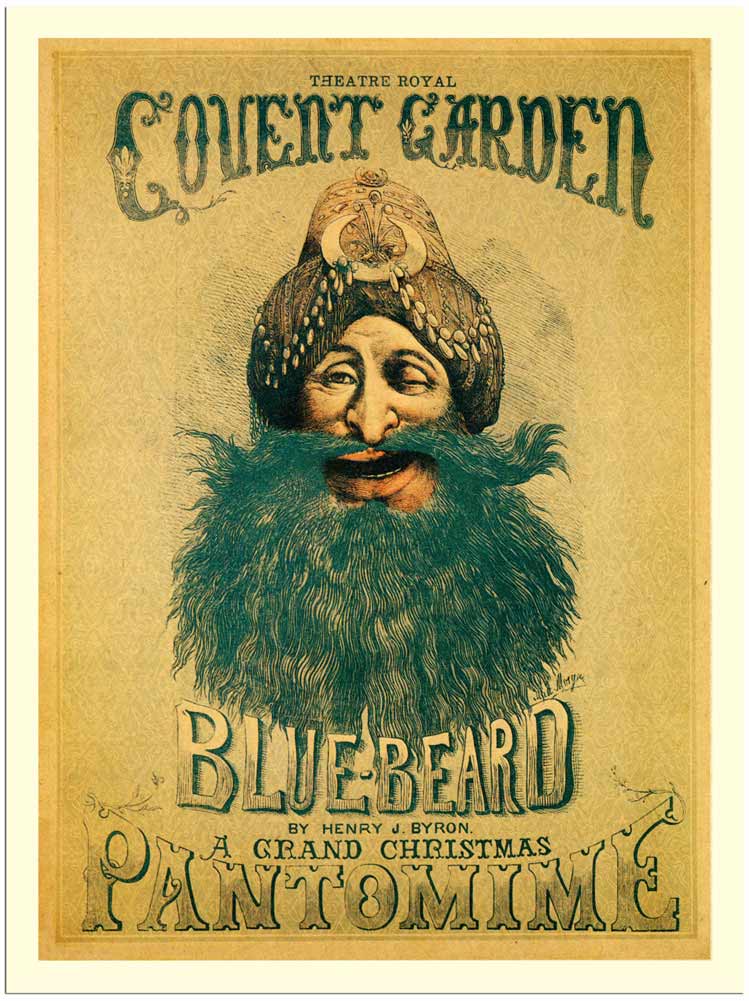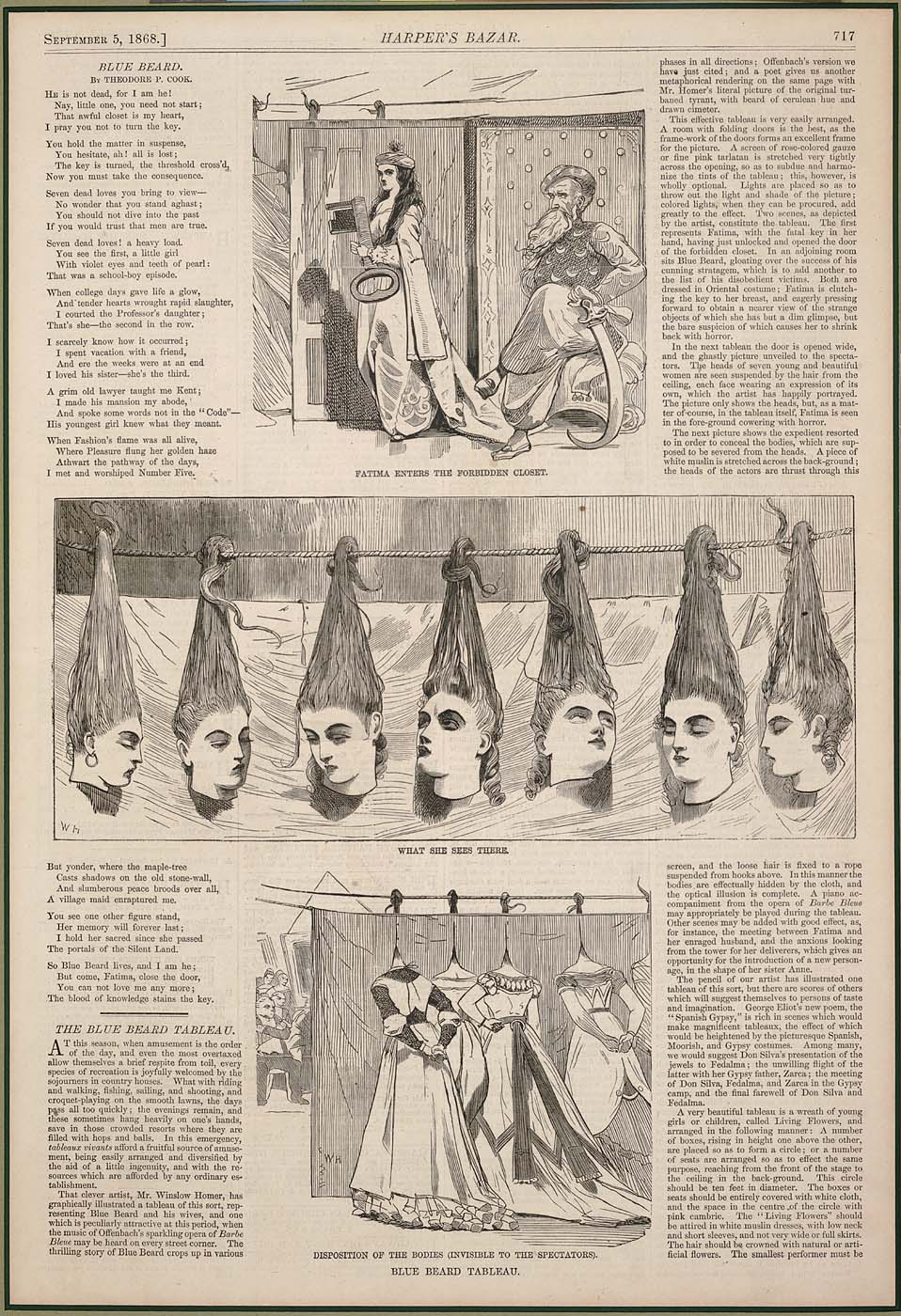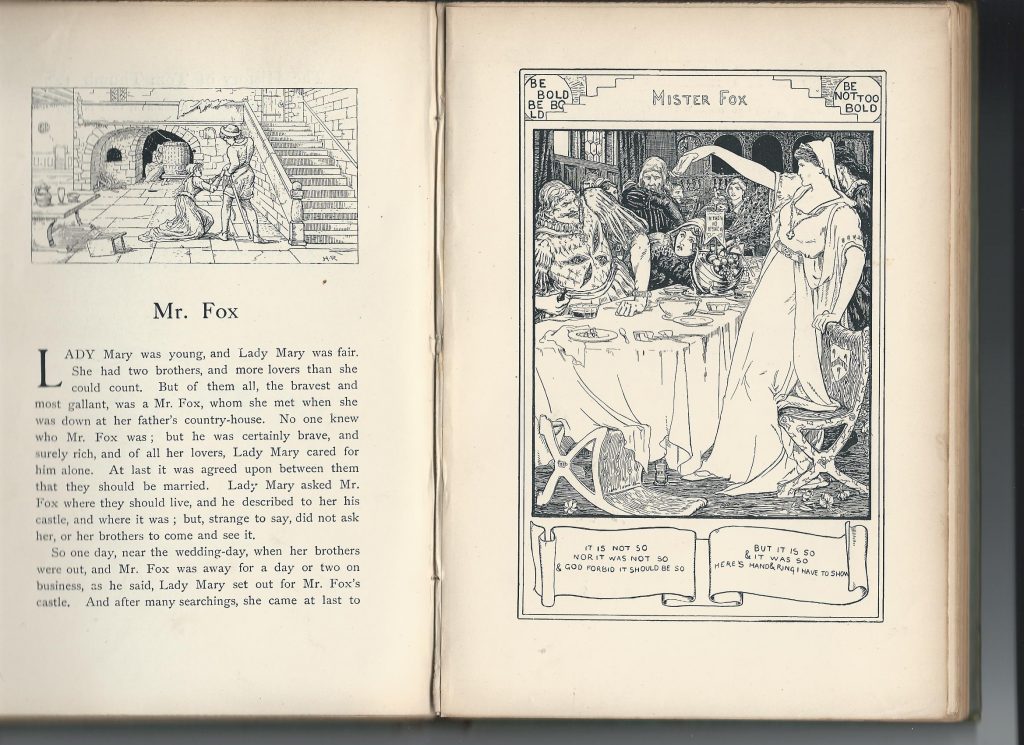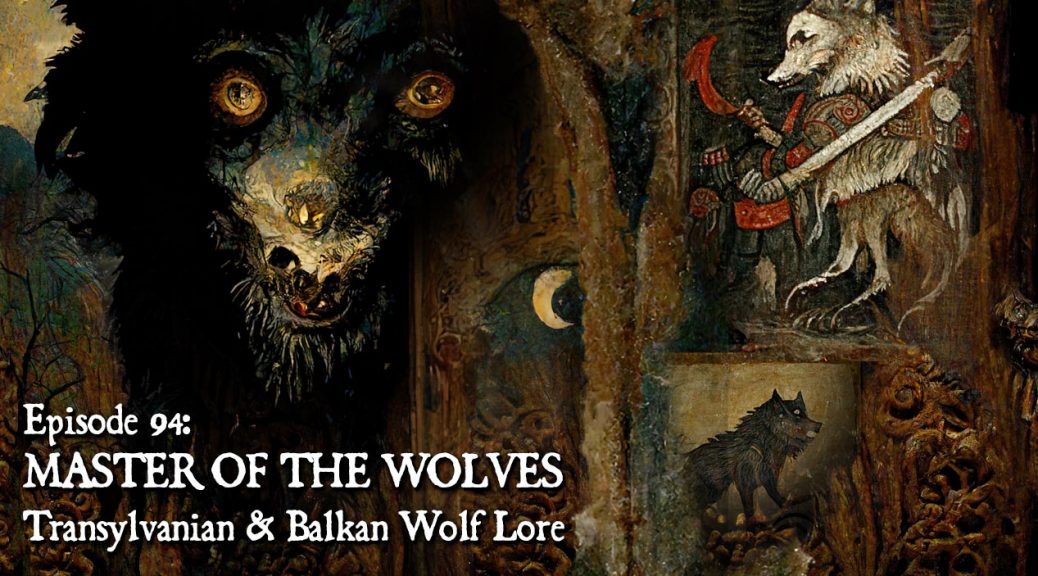
Master of the Wolves: Transylvanian and Balkan Wolf Lore
Podcast: Play in new window | Download (Duration: 51:28 — 58.9MB)
Subscribe: Apple Podcasts | Spotify | Android | Podchaser | RSS | More
The Master of the Wolves is a supernatural figure central to Transylvania’s (modern Romania’s) voluminous body of wolf lore, a mythology that extends more broadly into Balkan regions once occupied, like Romania, by the ancient Dacians.
We begin with a snippet from a contemporary recording of the 1857 poem “St. Andrew’s Night,” by the Romanian poet and statesman Vasile Alecsandri. The poem’s association between the undead strigoi and moroi and the Romanian St. Andrew’s Night (November 30) was explored in our Transylvanian Vampires episode last year, but there is perhaps an even deeper connection between the St. Andrew, Romania, and the wolf.
Naturally, this brings us to the topic of werewolves. There are two wolflike monsters in Romanian folklore, the vârcolac and the pricolici, the latter being a closer match to our idea of the werewolf.
We discuss pricolici superstitions, which overlap largely with beliefs about the undead, of which the pricolici is often said to be a member.
The vârcolac, as we see, is rather different. Originally, it seems to have occupied a very limited and specific mythological niche as a creature that rises into the heavens at night to eat the moon, thereby causing an eclipse, or sometimes, the lunar phases. Over time, the vârcolac seems to have merged with more widespread werewolf beliefs.
The animal form associated with both pricolici and the vârcolac, however, is not always strictly defined as wolf-like. While the pricolici is sometimes said to assume the form of any number of “unholy” (but real-world) animals, the vârcolac has sometimes been compared to a dragon.
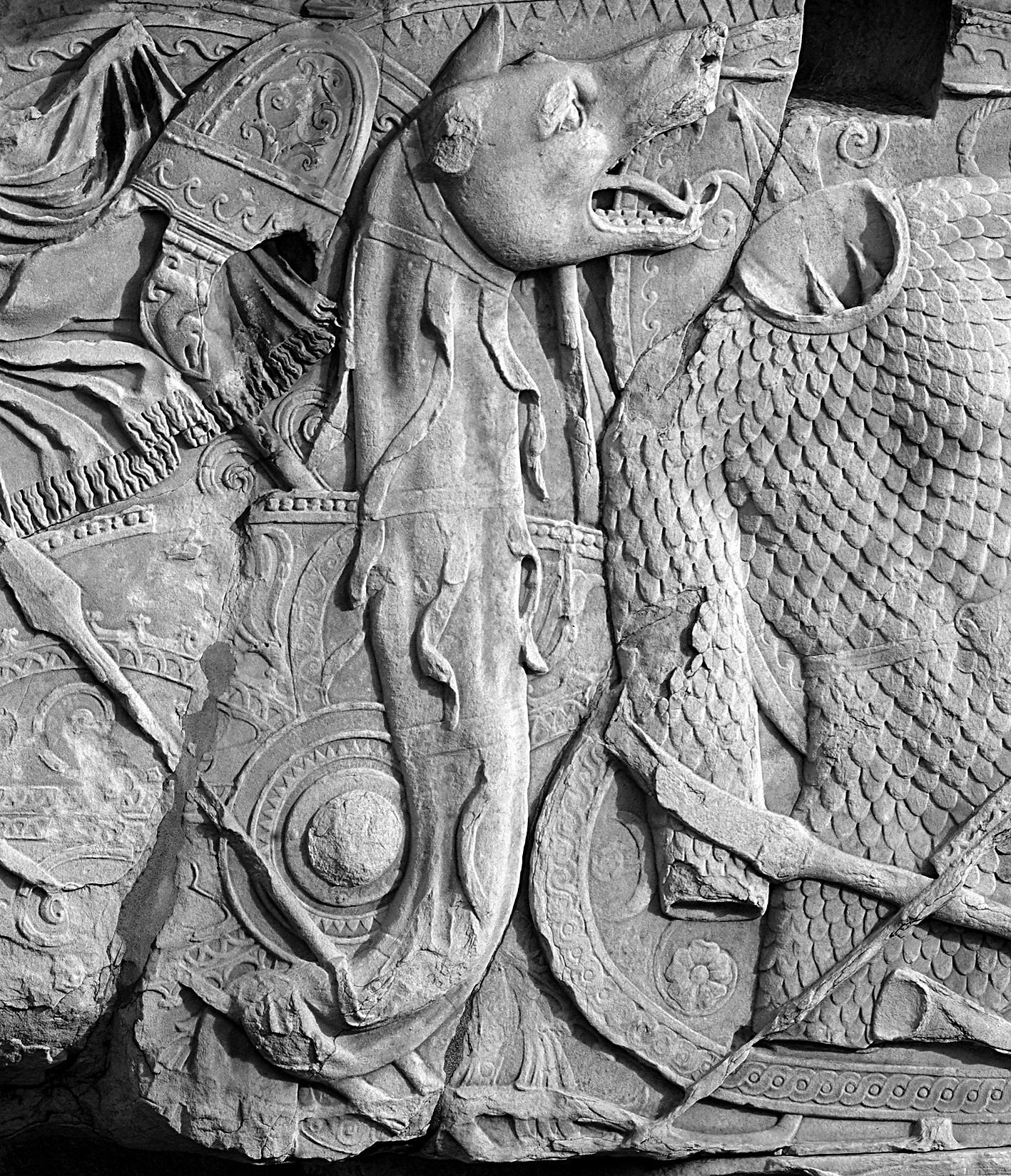
This wolf-dragon hybridization can also be found in the draco battle standard carried into by the Romanian Dacians in their wars against Rome. In its original form, the draco, consisted of a wolf head crafted of light metal, trailing a dragon-like windsock body. When in motion, a sort of whistle within the head emitted a shrieking sound that contributed to the Dacian’s fearsome reputation as warriors.
The historian Herodotus commenting on this reputation, also offered some observations on a particularly brutal Dacian rite, that of sending a “messenger” to their god Zamoxis. Mrs. Karswell provides the gory details in her reading of this account.
More modern Romanian myth-making brings together the man-god Zamolxis and the Dacian wolf, in the legend of The Great White Wolf, also read by Mrs. Karswell. This tale of a wolf leader seems to borrow from genuinely old legends describing St. Andrew as the “Master of the Wolves.”
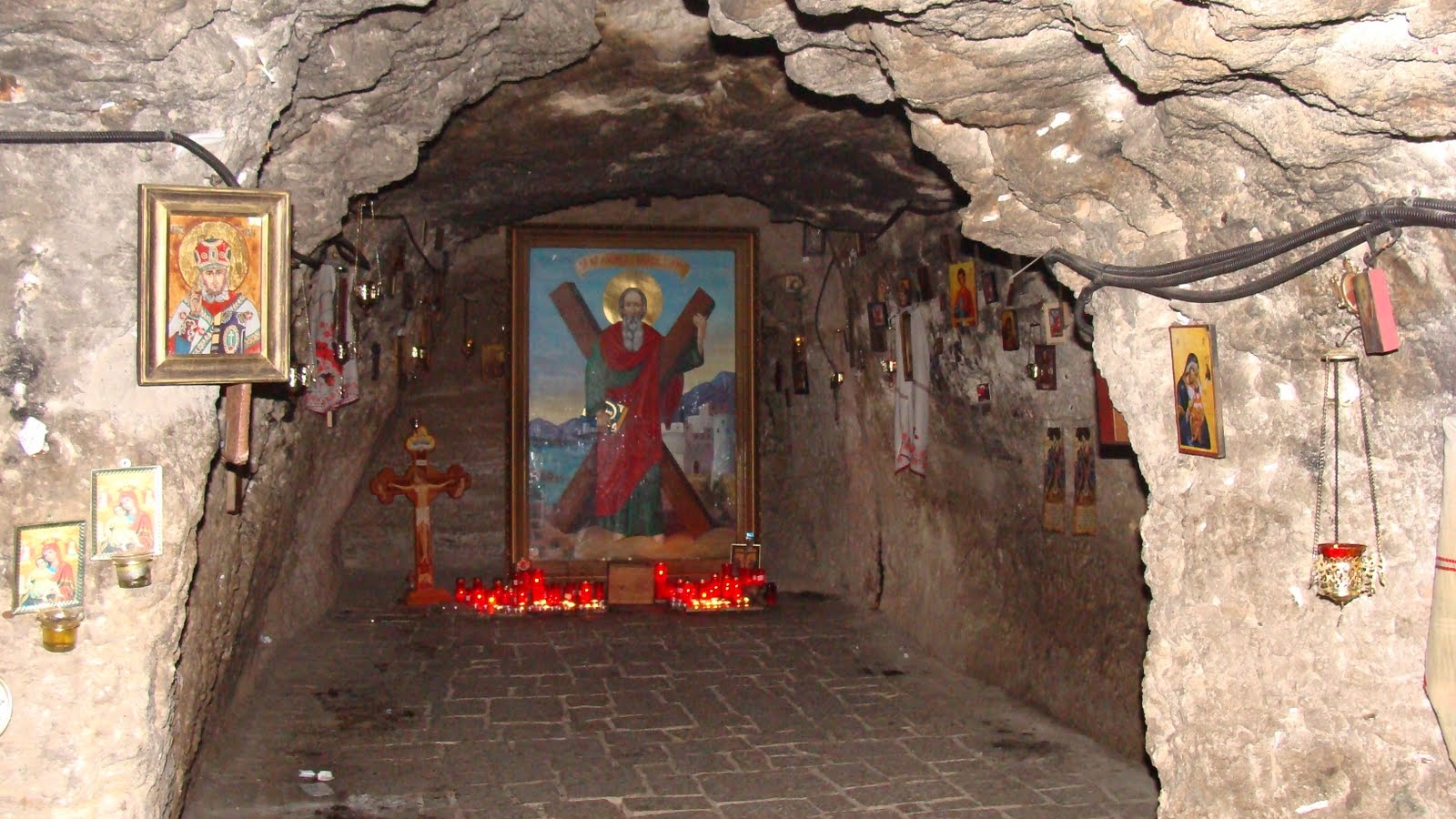
In this role, Andrew is said to return to earth on his night to share with the wolves what prey they are to be allotted in the coming year. The gathering of wolves from all quarters and apparition of the saint on the occasion is a sight mortals witness only with dire consequences, as we hear in another legend related by Mrs. Karswell. Nor is it a good time to be abroad with wolves racing off after their pray, especially so as they’re sometimes said to be supernaturally enabled on this night.
The Master of the Wolves myth did not exclusively attach St. Andrew and his day (or night). St. Martin’s on November 11, can be the setting as in Greece and Germany. (Germany is is also home to a folk tradition discussed, Wolfauslassen (“Letting out the Wolves” or “Ringing in the Wolves” in which shepherds returning from the fields for the year parade through towns ringing bells to let the wolves know they are free to roam the pastures.
As well as on St. Martin’s day, the Wolf Master can also appear a bit later, on December 6 when St. Nicholas serves as the Master of the Wolves in Russia and Poland.
While generally associated with the late fall and winter when dwindling food sources makes wolves more aggressive, the Master of the Wolves could also appear in the spring, when the herds would return to pasture, and predators might require a different sort of magical wrangling. The saint controlling wolves in these cases is almost always St. George.
While versions of this figure are found throughout eastern Europe and Russia (and certain parts of western Europe), it is in Romania where the wolf is most prominent — celebrated with no less than 35 designated “wolf holidays,”of which St. Andrew’s is only the most well-known. This season runs from October into January and its observance is marked by an arcane body of superstitious practices designed to keep the animals at bay. These include reciting prayers, locking corrals with charmed locks, and binding scissors to keep shut the predator’s jaws, and the like. A folk figure called “St. Peter of Winter” appears at the end of his season with dire consequences for those who have neglected the requirements of the season.
Strangely, the most dreaded wolf of all during this season, is a lame wolf, who not only attacks livestock but man. Several of Romania’s wolf holidays pay homage to this figure in their name, such as “Lame Philip,” ostensibly named for the apostle Philip, but undoubtedly rooted in older pagan tradition. In Serbia, which shares Romania’s Dacian heritage, a similar figure appears during this season as Lame Daba, a demon portrayed in the company of wolves.
A possible clue to this association between lameness and a dreadful power over human life may lie in Romania’s version of the Three Fates, the ursitoare. The third member of this trinity, the one given the ultimate power to cut the thread of human life, is traditionally portrayed as lame.
We end the show with a look at a wonderfully bizarre 1976 Romanian-French-Russian co-production, Rock and Roll Wolf AKA Mama, a retelling of a Romanian tale also collected in Germany by the Grimms as “The Wolf and the Seven Young Goats.” Here’s a short preview clip of the film, which you can find in its entirety with English dubbing here on YouTube.
